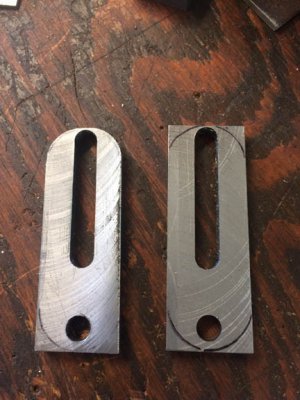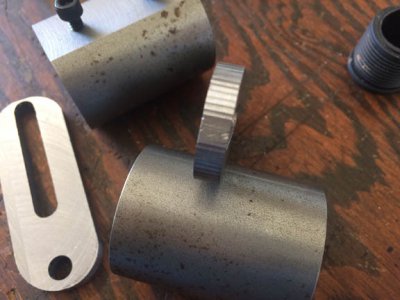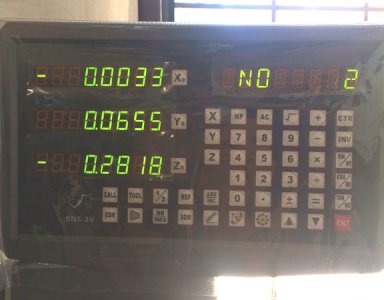- Joined
- Dec 25, 2011
- Messages
- 591
Spent some time today learning how to use the arc function on my DRO. Took a few trial runs to figure out where to start and stop at what angles (where 90*-180*-270* ect were). I sent it up for .050 cut, it took 17 steps to do one side--kind of rough finish. I guess if you set it up for smaller cuts you would have more steps and better finish. Pretty neat feature.







